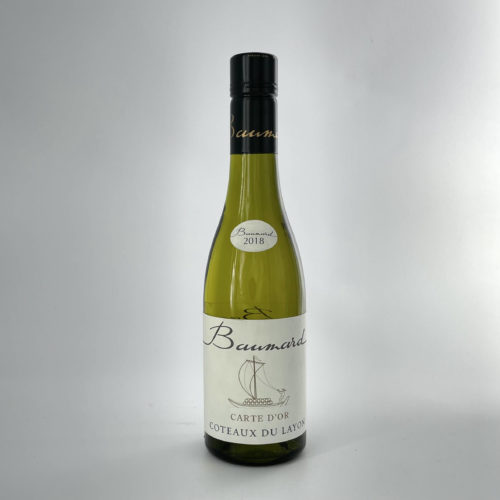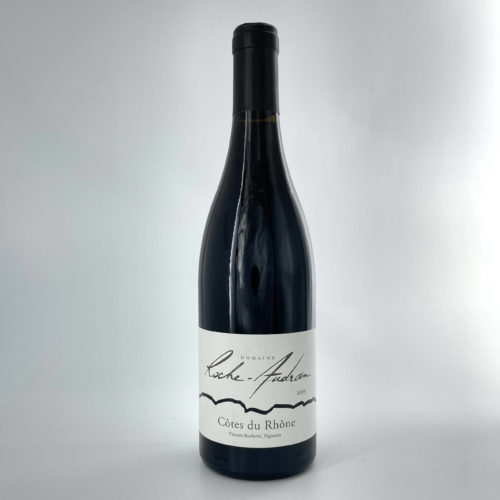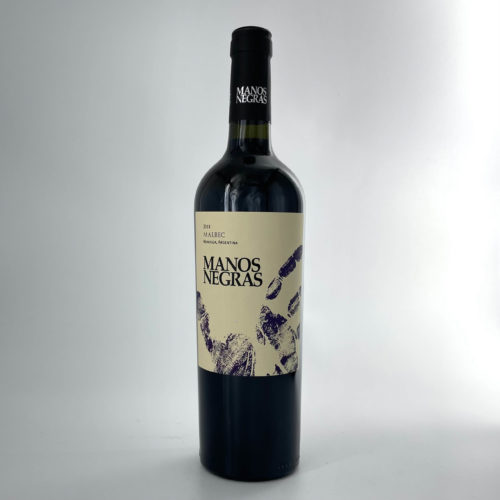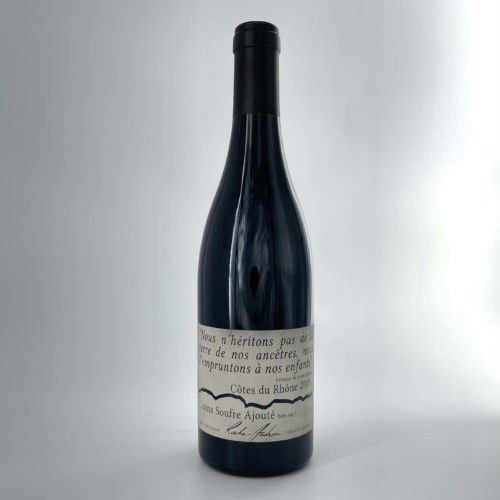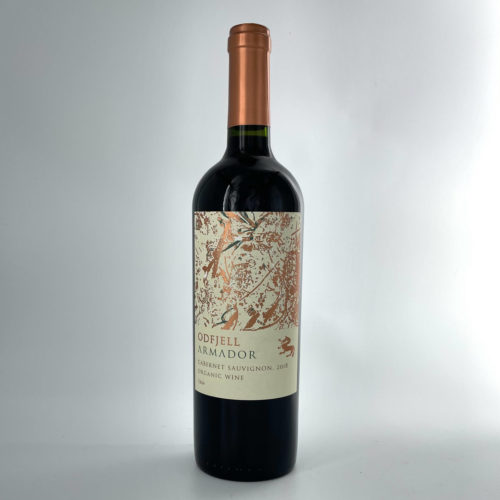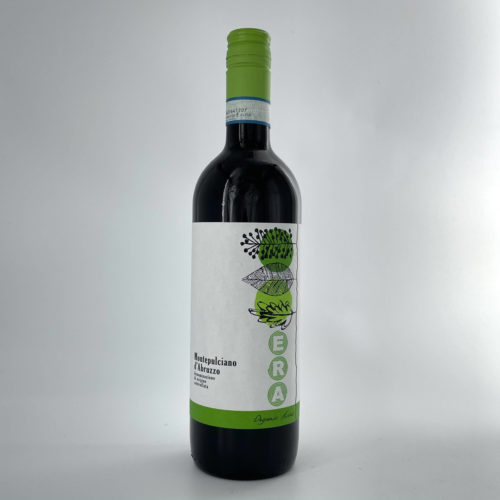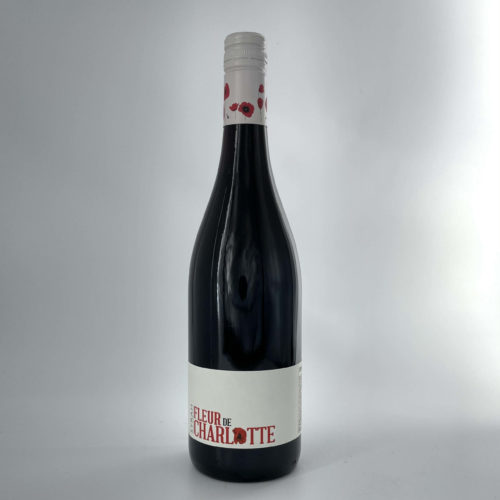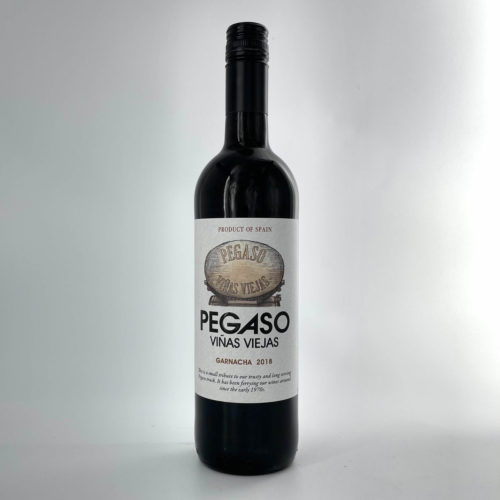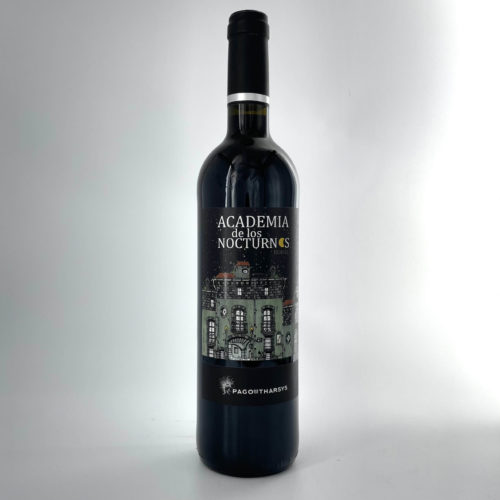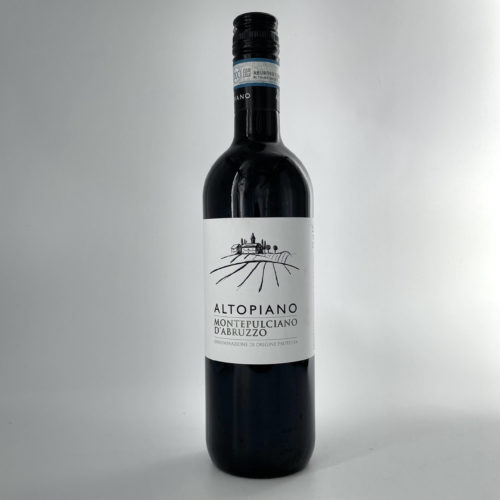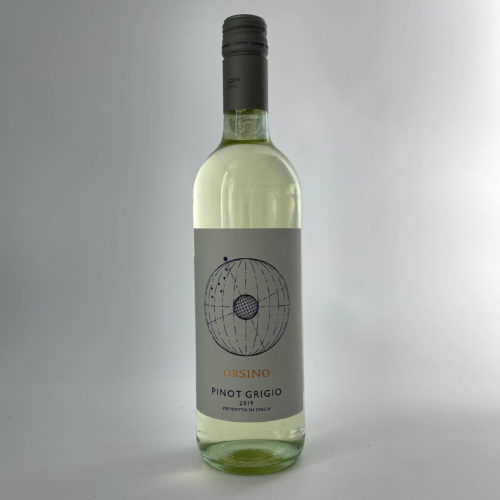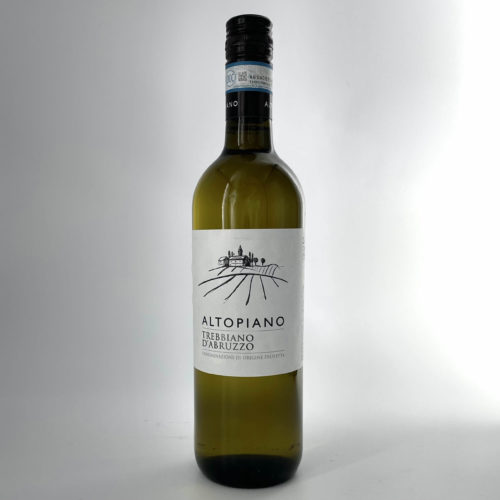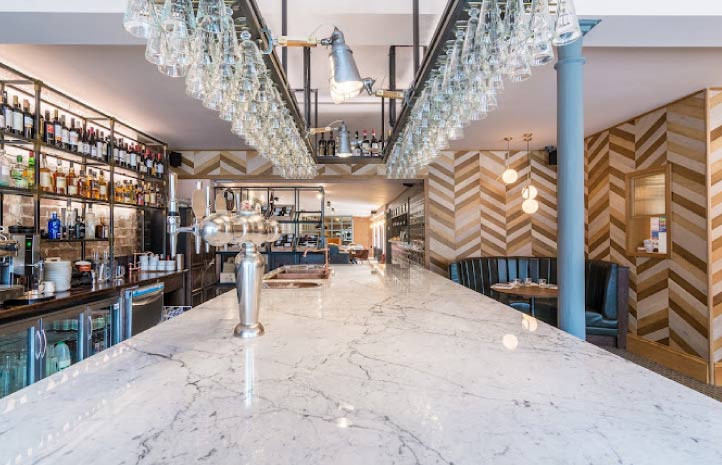Coteaux du Layon, Domaine des Baumards, Loire Valley, France
One of the Loire’s most lauded producers, Florent Baumard has courted controversy by pursuing his own ideas and challenging the status quo.
In a deeply traditional region, Florent’s early adoption of screwcaps and different vine trellising systems marked him out as the enfant terrible of Savennières. His mantra now encompasses a belief in the individuality of each vintage, believing it should be made with minimal intervention to allow the wine to reflect its vintage and unique character. His Savennières from the famous vineyards of Clos St Yves and Clos du Papillon are rich, yet with a balance and elegance that are unrivalled. His top cuvée of ‘Trie Speciale’ is only made in very exceptional vintages when grape quality is optimal. It is a wine full of paradox, honeyed and yet dry, rounded and yet firm. The rich fruit, tremendous weight and concentration ensure that it is a thoroughly memorable experience.
Cotes du Rhone, Domaine Roche-Audran, Southern Rhone, France
Vincent Rochette comes from a long line of grape growers rather than winemakers. In 1998, he bucked that trend by investing in a cellar and the necessary equipment to allow him to vinify his own grapes, which for five generations had been sold to other winemakers in the area. Vincent is an ardent believer in the benefits of biodynamics, fully converting his estate to follow that philosophy in 2006. He uses only natural products in the vineyard and carries out all his work in keeping with the cosmic cycles of the earth, not only among the vines but also in the cellar
Malbec Manos Negras, Uco Valley, Mendoza, Argentina
Alejandro Sejanovich is arguably Argentina’s most knowledgeable viticulturist, working as vineyard director for Bodega Catena Zapata for 16 years, he pioneered high altitude vineyard planting and conducted ground breaking research on Mendoza Malbec clones.
Manos Negras focuses on latitude winemaking, planting Torrontes in the northern stretches of Cadayate in Salta, Pinot Noir in the southern-most region of Neuquen in Patagonia and cultivates 50 year old Malbec vines in the prized Altamira appellation in the Uco Valley.
Cotes du Rhone Nature, Domaine Roche-Audran, Southern Rhone, France
Vincent Rochette comes from a long line of grape growers rather than winemakers. In 1998, he bucked that trend by investing in a cellar and the necessary equipment to allow him to vinify his own grapes, which for five generations had been sold to other winemakers in the area. Vincent is an ardent believer in the benefits of biodynamics, fully converting his estate to follow that philosophy in 2006. He uses only natural products in the vineyard and carries out all his work in keeping with the cosmic cycles of the earth, not only among the vines but also in the cellar
Cabernet Sauvignon Odfjell Armador, Maipo, Chile
Founded by Norwegian Dan Odfjell this pre-dominantly red wine producer creates wines of elegance and poise.
Odfjell are fully committed to biodynamics with cover crops and beehives populating the vineyards while small Fjord horses work the land. Odfjell produces wonderful wines that few in Chile can match, with their Carignans, which come from rescued 80 year old vines, proving to be of particular note.
Montepulciano d’Abruzzo, ERA, Veneto, Italy
From the winemaking team at Cantine Volpi comes this delicious range of organic cuvées called ‘ERA’, which we believe are a fantastic addition to our Italian portfolio. From their 5 distinct regional bases (Veneto, Marche, Abruzzo, Apulia and Sicily), the Volpi team cultivate a wide range of grape varietals that are fashioned into fresh, food-friendly wines.
Syrah Fleur de Charlotte, Vin de Pays, France
Along with the help of Floris Lemstra at Chateau Canet, we have successfully developed the ‘Fleur de Charlotte’ selection of wines that we believe offer excellent value for money. Floris and his team are best known for their Minervois production and in this case, they have utilised the same approach, based on attention to detail, in order to produce a range of fresh, clean and easy-drinking wines that offer excellent varietal examples
Garnacha Pegaso, Bodegas Manzanos, Vino de Espana, Spain
On the border between Rioja and Navarra, Victor Manzanos carries on the work of the four generations before him.
Adding in significant amounts of ambition and energy, Victor Manzanos is at the forefront of the new Rioja – championing a modern interpretation of its varieties through his wines. As a grower, Victor is keen to prove that Rioja Baja has its own distinct character and should not be judged as inferior to Rioja Alta or Alavesa – just different. With brands also in Navarra, Victor and winemaker Borja are creating wine that is prized and cherished, from old vines growing on poor chalk and limestone soils which give wild berry and cassis flavours to the reds.
Bobal, Academia de Los Nocturnos, Pago de Tharsys, Utiel-Requena, Spain
Located in the unheralded region of Utiel-Requena, Pago de Tharsys is an old estate which dates back to 1805. It was purchased by the Garcia family in 1981 and they began adding plots of vines in the early 1990s. Therefore, despite the fact it is an estate steeped in history, it is very much a modern project that remains in progress. Known as “The Godfather of Valencian Cava” for his work to grow the reputation of D.O. Cava wines in this area, Vicente Garcia has always strived to find harmony between traditional and modern winemaking techniques in order to bring out the best of the indigenous varieties of Valencia – particularly Bobal. Their Academia de Nocturnos range is an homage to the mythical ‘Nocturnal Academy’ of 16th century Valencia, where well-known artists and novelists used to meet – always with a glass of wine in hand
Montepulciano d’Abruzzo, Altopiano, Feudo Antico, Italy
Feudo Antico was created on a small plot of land in the heart of Abruzzo. It is in Italy’s smallest DOP and the first designation of its kind in Abruzzo.
Starting from the 2013 vintage, all wines are Magis certified, the most advanced project for the sustainability of wine production in Italy. Currently their 15 hectares are cultivated using native varieties producing limited yields to ensure quality is retained. Clearly they highly value the land they work and this attitude is continued in the winery where the fruit and wine come into contact with no wood whatsoever, only concrete and glass. This guarantees the purity of the fruit, and its flavours, are conveyed from the vineyard direct to the glass.
Pinot Grigio Orsino, Veneto, Italy
Orsino Pinot Grigio is from the volcanic soils of Veneto. Meaning “little bear,” it depicts a constellation of stars that overlook and protect the vineyards by night.
The vineyards are located on the hillsides and planted on clay soil. Cultivated in the espallier system and pruned Guyot style. Grapes are harvested at dawn and late in the day to maintain fresh acidity. Clusters picked during the cooler hours remain intact and there is no risk of skin fermentation during transport.
Trebbiano Altopiano, Feudo Antico, Abruzzo, Italy
Feudo Antico was created on a small plot of land in the heart of Abruzzo. It is in Italy’s smallest DOP and the first designation of its kind in Abruzzo.
Starting from the 2013 vintage, all wines are Magis certified, the most advanced project for the sustainability of wine production in Italy. Currently their 15 hectares are cultivated using native varieties producing limited yields to ensure quality is retained. Clearly they highly value the land they work and this attitude is continued in the winery where the fruit and wine come into contact with no wood whatsoever, only concrete and glass. This guarantees the purity of the fruit, and its flavours, are conveyed from the vineyard direct to the glass.

